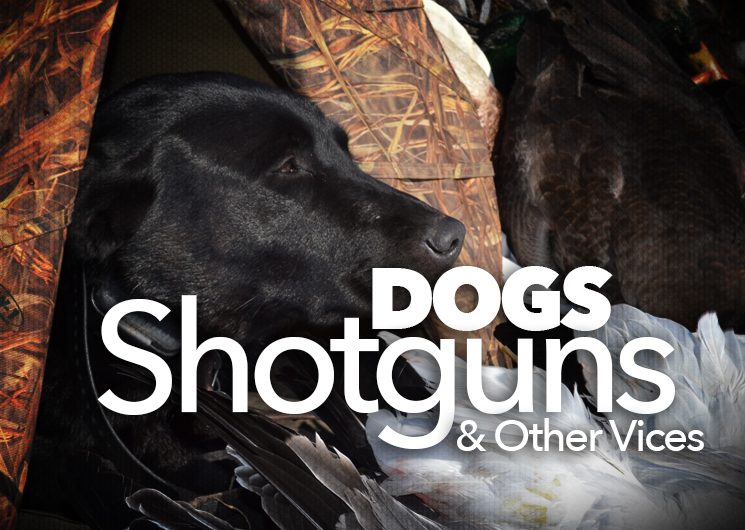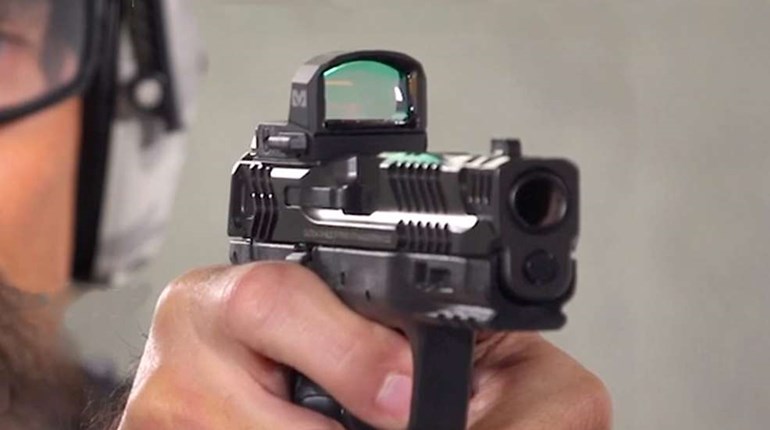
My friend's Lab quested the switchgrass in a perfect windshield-wiper pattern. He always turned on the whistle, almost constantly checked in by making eye contact with his master, and never strayed more than 5 yards ahead of us. Upon most of his passes in my direction, I could've reached out and touched him with my boot. He was, in other words, not my kind of dog.
Was he obedient? Sure, in fact I suspect that's exactly the type of command many would like to have over their dogs. However, my personal preference is for a dog that goes about his work closer to the edge—he's under control, but some might say just barely.
It's a fine line, and a difficult one to describe for those who haven't owned such a dog or don't prefer the style. I believe it gives the dog more freedom to hunt with confidence, make decisions and use his instincts, including adjusting to the wind accordingly. He's still hunting for you, but without any robot-like dependence on your instruction.
Alas, I believe the lack of wild pheasants in some areas of the country has popularized dogs with a "shoe-shiner" mentality. They can get away with finding game-farm raised birds at the hunters' feet, but how would they fare on savvy, wild, running roosters? And have those who train them (frequently fellow easterners, it seems) lost sight of what that actually requires? Often when a bird does move on excessively close-ranging dogs, the scent is too long gone or the wind is improper to allow tracking. And if a dog can't track a running pheasant, what advantage does it really offer over simply walking the field?
So, give me a dog with heart and I'll allow him to use it. Depending on wind direction, he may quarter as far as 25-30 yards in front of me. On occasion allowing him this freedom will bite me, but I want a dog that isn't afraid to get out there and find birds. We'll bag more roosters than a dog trained to prance upon his owner's boots and have a whole heck of a lot more fun doing it.





































